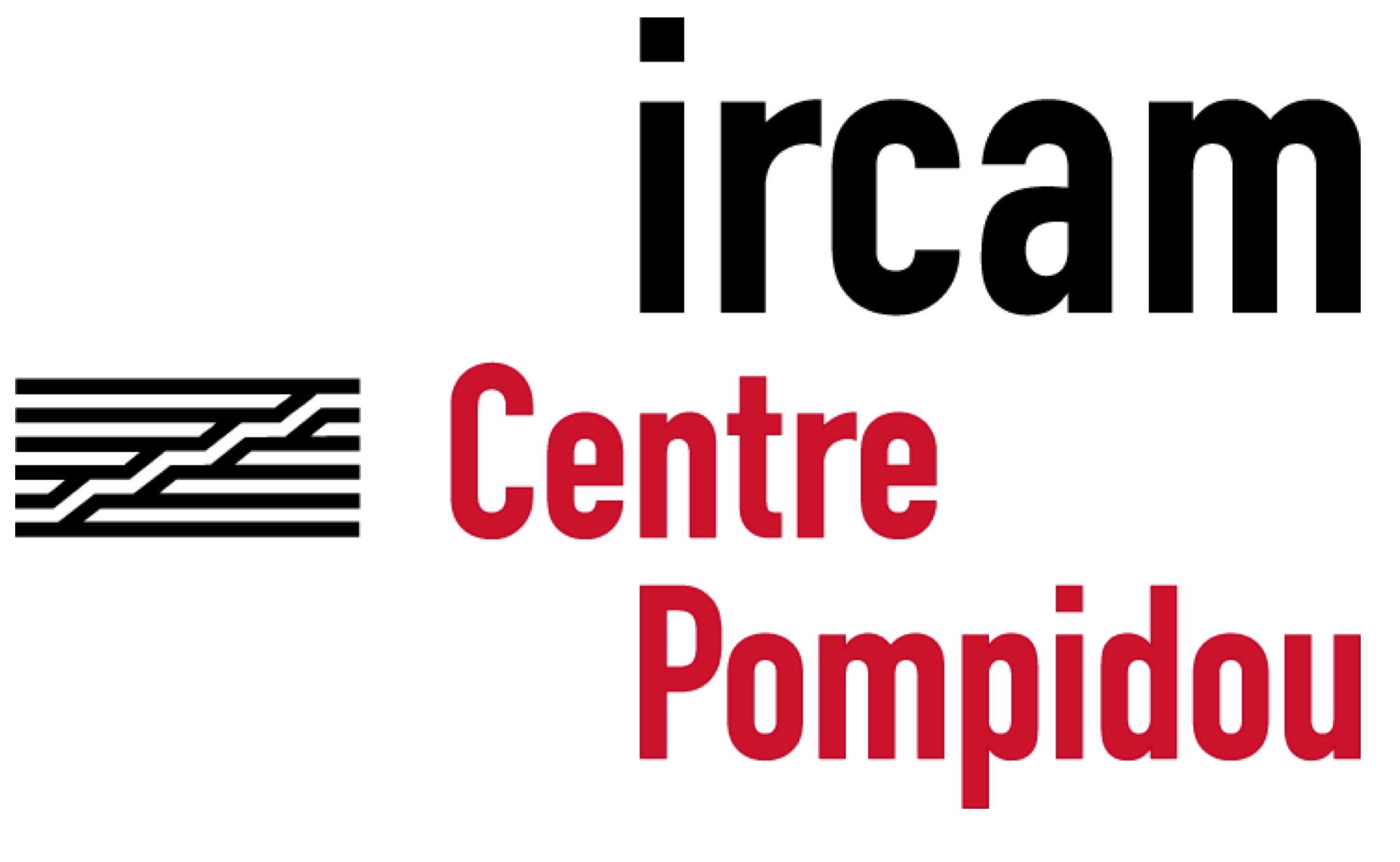Ceci est une ancienne révision du document !
Il ne s'agit pas de le recomposer (2017), for augmented string quartet and fixed media.
Abstract
The string quartet
As mentioned in the abstract, this piece was composed as a proof of concept that could allow posterior assessment of the artistic potential of such an approach to composition.
In this sense, the global structure was kept relatively primitive in order to clearly demonstrate the capabilities of the algorithmic structure alone.
That being said, the algorithm was used to composed the 'fixed media' part (tape) but not the instrumental part.
Nonetheless, since the tape was kept intact after being computed, the instrumental part had to be written accordingly.
Consequently, the taped material (its phrasing and its pitch content) was further analysed cognitively and computationally in order to inform the instrumental part.
Schematically speaking, the algorithm was then used on three levels of the composition: the movements, the sections and the segments.
The movements of the piece come from a raw clustering ran upon the initial sound file database (about 300 different sound files ranging from 30sec to 0.5sec).
As the algorithm ended up finding six relatively clear subgroups, or timbre categories, the piece was divided into six distinct movements.
Since the machine-learning is unsupervised, meaning the classes are unknown, I'll let you the leisure of finding your own words to describe the six categories…
Then, the sections and the sub-sections are simply the result of a second run of the same algorithm on each of the previous six subgroups separately.
As described earlier, the resulting structure is a two-layer minimum spanning tree (MST) for which,
in this case, the global structure (inter-cluster) represents the sections and the local structures (intra-clusters) represents the segments.
From another perspective (bottom-up), the sound files are locally sequenced to create segments then,
these segments are themselves sequenced to create sections and finally,
the sections are also sequenced to create the movements.
Audio examples (tape only)
1- Opaque et rugueux (2:20)
2- Fluide et dynamique (5:02)
3- Solo électronique (3:42)
4- Solo acoustique (3:22)
- Refer to the audio recording below (reading session) at the beginning of Part 2…
5- Fluide et dynamique (5:12)
6- Fin et transparent (2:05)
Score
Audio recording (reading session)
Version using the augmented instruments, meaning that the tape is played directly through the body of the four string instruments.
The premiere as well as a studio recording are planned at the end of January 2018 with the TANA string quartet: https://www.quatuortana.net/
Part 1: Movements 1, 2 and 3
Part 2: Movements 4, 5 and 6


